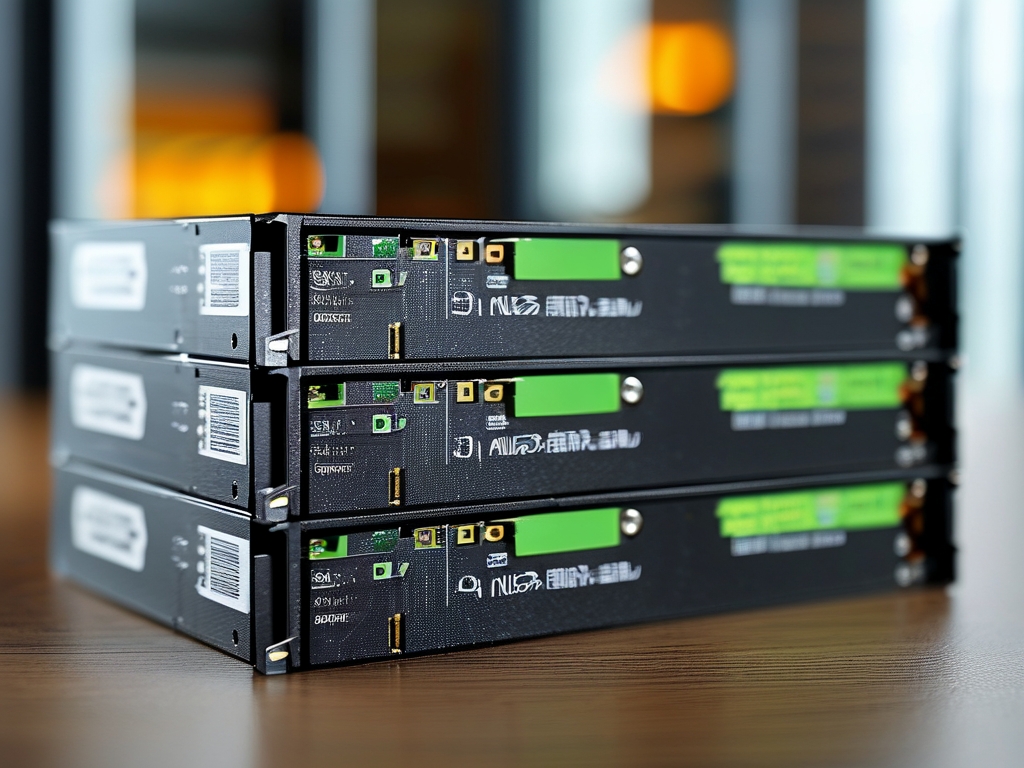As surveillance systems evolve, calculating memory capacity for Hikvision devices has become critical for businesses and homeowners alike. Whether deploying IP cameras or NVR systems, understanding storage requirements ensures seamless operation and data retention. This guide explores practical methods to estimate memory needs while addressing common challenges in real-world scenarios.

The Importance of Accurate Memory Planning
Hikvision’s cameras and recorders support resolutions ranging from 1080p to 8K, with varying frame rates and compression technologies. A common oversight is underestimating how these factors interact. For example, a 4MP camera recording at 15 FPS using H.265 compression consumes approximately 12GB daily, while the same camera using H.264 may require 25GB. This disparity highlights the need for precise calculations tailored to device settings.
Key Variables in Storage Calculation
- Resolution and Frame Rate: Higher resolutions (e.g., 8MP) demand more storage. Reducing frame rates from 30 FPS to 15 FPS can cut storage needs by half without significantly impacting usability for most surveillance purposes.
- Compression Technology: Hikvision’s H.265+ codec reduces file sizes by up to 75% compared to older standards. Enabling smart encoding features like ROI (Region of Interest) further optimizes storage by prioritizing critical areas in the footage.
- Retention Period: Organizations often overlook compliance requirements. A retail store needing 30-day retention for eight 4K cameras requires at least 6TB, whereas a warehouse with motion-triggered recording might manage with 2TB.
Step-by-Step Calculation Example
Consider a mid-sized office using four Hikvision DS-2CD2043G0-I cameras (4MP, H.265) recording continuously.
- Per camera daily storage: 4MP × 15 FPS × 0.1 (H.265 factor) × 86400 seconds ≈ 10.8GB
- Total daily storage: 4 × 10.8GB = 43.2GB
- 30-day requirement: 43.2GB × 30 = 1.3TB
For a hybrid system combining continuous and motion-based recording, adjust calculations by estimating activity levels. A camera with 40% motion-triggered runtime reduces storage needs proportionally.
Optimizing Storage Efficiency
- Scheduled Recording: Configure non-essential cameras to record only during business hours.
- Edge Storage: Utilize microSD cards in cameras like the Hikvision DS-2CD2087G2-L to decentralize storage and reduce NVR load.
- Cloud Integration: Hybrid setups combining local and cloud storage provide redundancy while extending retention capabilities.
Common Pitfalls to Avoid
- Overlooking Bandwidth Constraints: High-resolution streaming across multiple cameras can saturate network bandwidth, causing footage loss.
- Ignoring Firmware Updates: Hikvision regularly releases optimizations for compression algorithms. Outdated firmware may result in inefficient storage use.
- Underestimating Metadata: Analytics features like facial recognition or license plate detection add 5–10% overhead to storage requirements.
Advanced Tools for Precision
Hikvision’s Storage Calculator tool (available on their official website) automates these calculations by allowing users to input camera models, resolutions, and recording modes. For enterprise deployments, pairing this with RAID configurations in Hikvision DS-A81024RI NVRs ensures data redundancy without compromising capacity.
Future-Proofing Your System
With AI-powered cameras gaining traction, storage strategies must adapt. A Hikvision DeepinView camera analyzing behavior patterns generates richer data streams, increasing storage demands by 20–30%. Proactive scaling—such as starting with 8TB and planning for modular expansion—ensures longevity.
In , meticulous memory capacity planning for Hikvision systems balances technical parameters with operational needs. By leveraging modern compression standards, hybrid storage architectures, and manufacturer-provided tools, users can optimize costs while maintaining robust surveillance capabilities. Regular audits of storage usage patterns further refine these estimates, ensuring systems evolve alongside technological advancements.









